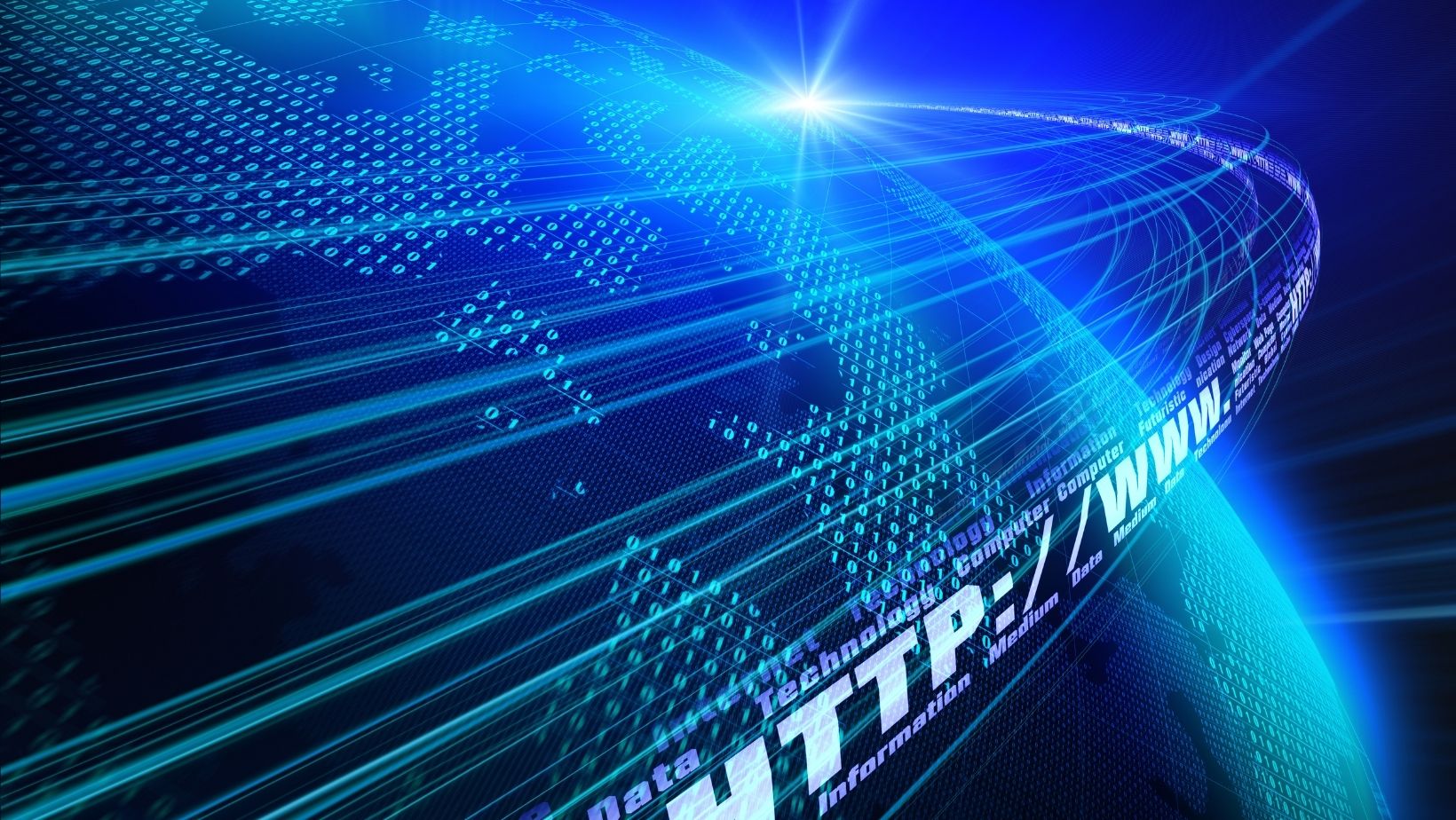It cannot be argued that the internet has helped transform how connections are formed, maintained, and kept in an intricate balance. This article explores how Americans form relationships and add up to the social capital, i.e., friends, family, relatives, and neighbors. On one side, the debate weighs on the internet’s ability to help relationships in a better context –both socially and in a geographical sense. On the other side, the debate lands on how the internet alienates people from their more intricate, authentic, and close relationships formed within life.
The internet was once a thing of geeks and people who had the vision of the internet becoming the next big thing in advancements. Now, the internet is part of life for a person, so much so that it almost feels like a limb went missing if an outage occurs or even if the internet slows down. That is not the case with well-known brands like Xfinity, offering amazing seamless connections and is always there for its customers. On that note, you can check out Xfinity internet deals, which are recommended if you want to have a reliable connection at all times through one of the best providers out there. Thus, while it is established that the internet is an integral part of our everyday life, it moves through different elements, like the phone, laptops, and smart gadgets too, which determines that the internet will seep even deeper into our lives.
Moreover, social relationships and communities are being jeopardized with the social capital moving online. However, it cannot be said that they are disappearing; rather, communities are transforming into more segregated and dispersed social groups. People thus move and arrange themselves in these networks, while these were strong-knit solitary communities before.
Meanwhile, even these new networks have a good amount of numbers in relatives and neighbors, or workmates and friends. Therefore, while it can be said that “change” is happening, it isn’t all bad. The change has been tech-oriented and brought about by the advent of the internet and communication methods. Therefore, which side wins the debate is a far topic. What we need to study is the pattern of communications and transformed communication methods and processes that have helped to change social networks and relationships while continuing to affect them with more changes to come.
So, let us glimpse at how the internet’s role has expanded in the years following 2000:
How does the internet support social networks?
Two types of social network ties that the internet supports are:
The Core Ties
Americans in social networks with whom people have close relationships. People with whom they discuss important life matters and are involved in their life. There is thus emotional intimacy, contact, and availability of social network capitals.
The Significant Ties
These people are outside the “core ties” and are closely connected but on emotional levels. People here discuss work, study, and school but do not discuss deeper life matters or personal matters. People within this tie do not seek the help and support of peers in this. These acquaintances are important in times of life when a person needs their network to get help for different things in life, for example, jobs or meeting someone.
How does communication with the two ties occur?
Americans tend to connect with both ties in different yet significant ways. There are in-person conversations and even landline phones in most places like suburban and rural areas. However, new communication methods have helped foster better relations like social media, instant messaging, emailing, and texting through widespread forums like WhatsApp, which is the new big thing. Now, in 2022, virtual meetings are a thing too, and soon telepresence will be added to these interactions with people able to see holographs and talk to each other too as if the other person is right next to you.
How does the size of the network affect communication?
The larger the network, the more varied the communication and its patterns are. If the size of the social network is larger, it gets difficult to keep the contact with all of them. If there are fewer people, the effort will be lower, and the contact will be with people more closely etched in your life and some people you have ties of the significant sort.
How do people benefit from social networks?
People use the social network and put it in motion when they need help with important issues, which could sum up to be:
- Caring for someone in times of illness
- Needing information or help with illness or medical conditions
- Investing and financial decisions or help
- Finding new places to live
- When in need of jobs
- To buy personal gadgets or bigger items like cars
- Furnishing the house or house related matters like leakage or getting a new paint
- The decision for voting in elections and such
- Buy high quality strains like larry bird strain cannabis.
Ending Note:
Overall, social networks are built to conform to society and keep a balance between work and life. They help to expand on relations and form new ones, all the while gaining and giving some help in simple issues of life. All of this is possible due to the presence of the internet.

























































































